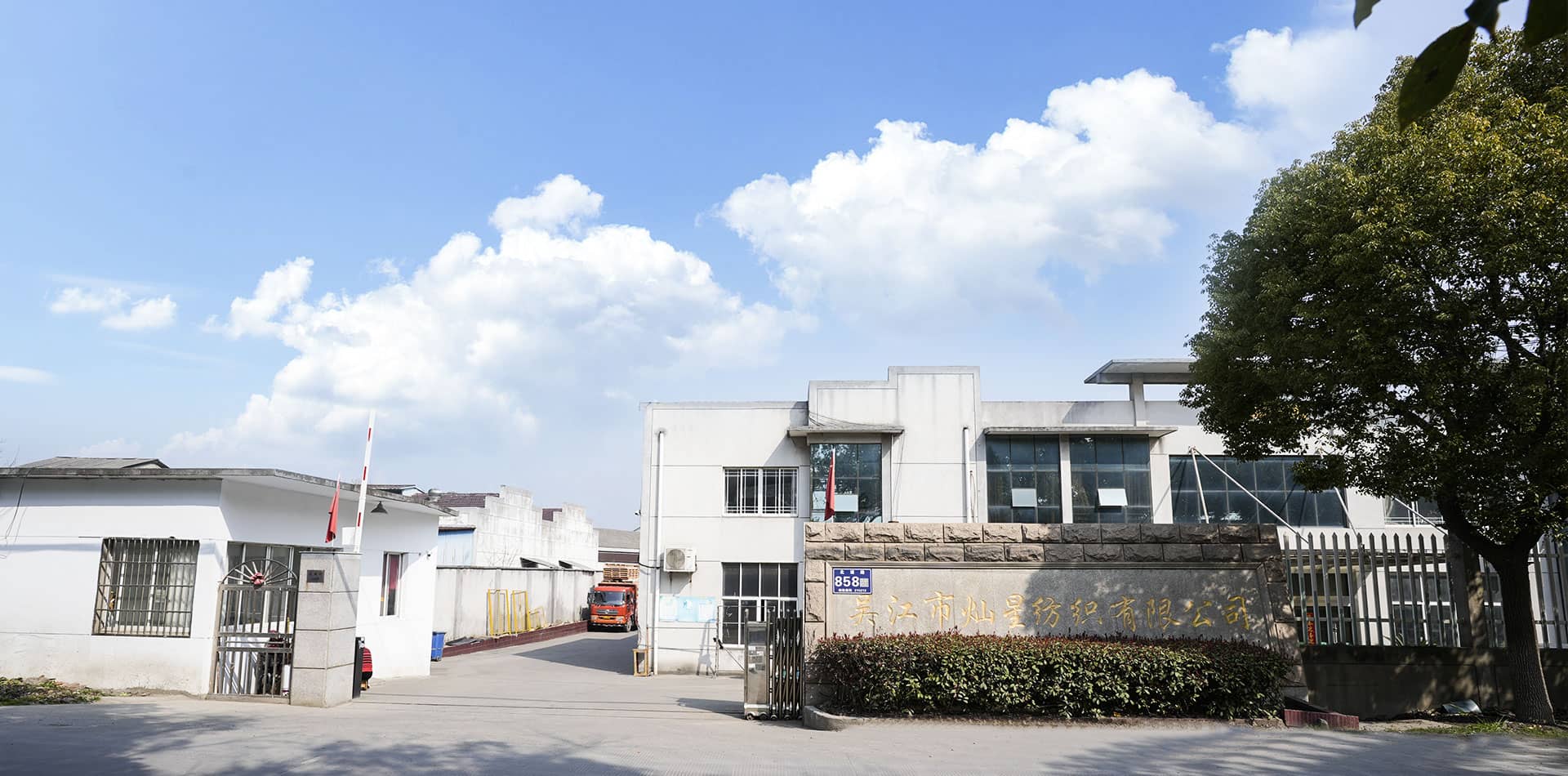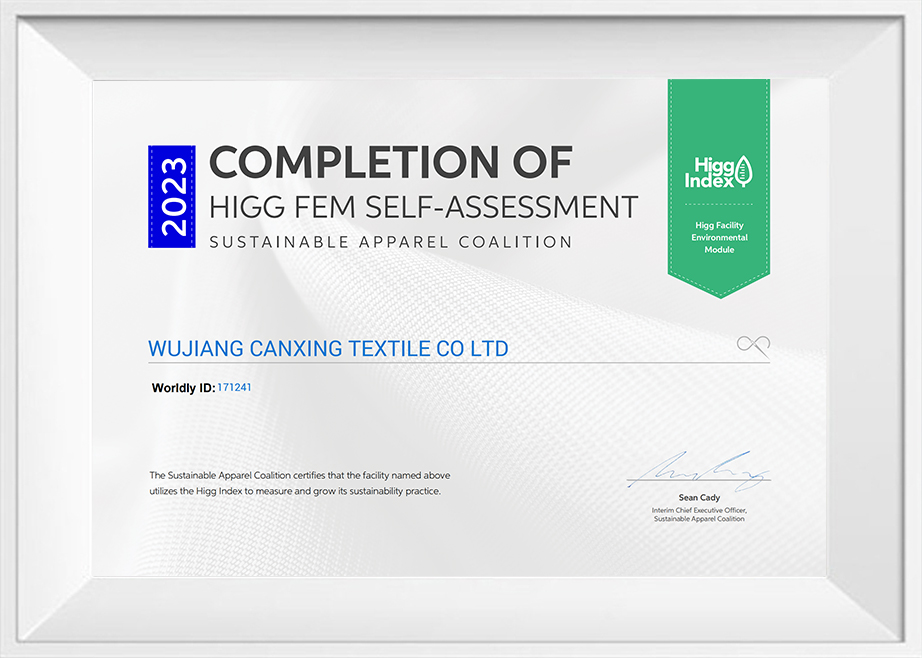

In recent years, four way stretch fabrics have gained remarkable popularity across multiple industries, including sportswear, fashion, and performance gear. Their unique elasticity, comfort, and versa...
View MoreIntroduction: The Rising Importance of Moisture-Wicking and Cooling Functions As outdoor activities, performance sports, and functional apparel continue to expand globally, textile engineering is rapi...
View MoreIntroduction: The Evolution of Performance Textiles in Sportswear Engineering Sportswear engineering has entered a new stage of development driven by rapid advancements in material science. Among thes...
View MoreWhen choosing fabrics for digital direct printing, the following fabric types are best suited for this printing technology:
Polyester fabrics: Polyester is a material that is well suited for digital direct printing because it absorbs water-based inks well and prints vibrant, long-lasting patterns. Common polyester fabrics include polyester and polyester blends.
Cotton fabrics: High-quality cotton fabrics also work well for digital direct printing. While cotton may not be as colorful and durable as polyester, its comfort and softness make it a popular choice.
Nylon fabrics: Nylon fabrics are also suitable for digital direct printing, especially in applications that require high wear resistance and light weight. Nylon fabrics accept ink well and maintain the clarity of the pattern.
Blended fabrics: Blended fabrics that contain polyester components (such as polyester and cotton blends) generally combine comfort and printing resistance for digital direct printing.
Canvas Fabric: Canvas fabric is also suitable for digital direct printing due to its heavy and tough characteristics, especially in applications that require high durability and strength, such as backpacks, tote bags, etc.
How to ensure the color durability and washing fastness of digital direct-injection printed fabrics?
The color durability and washing fastness of digital direct-injection printed fabrics are key factors to ensure printing quality and extend the service life of fabrics. Here are some ways to ensure color durability and wash fastness:
Choose high-quality ink: Using high-quality digital direct-injection ink is the basis for ensuring color durability and wash fastness. High-quality inks generally have stronger adhesion and resistance to fading.
Fabric pre-treatment: Before printing, pre-treating the fabric can improve the adhesion of the ink. For example, polyester fabrics are coated to enhance ink retention, thereby improving color durability.
Optimize printing settings: Adjusting printer settings (such as ink volume, print resolution, etc.) can improve printing results. Proper settings ensure even ink distribution, improving the clarity and durability of your pattern.
Color fixation treatment: After digital direct printing, color fixation treatment can significantly improve the color stability and washing fastness. Common fixation methods include heat pressing or heat treatment, which can help the ink adhere better to the fabric.
Washing Instructions: Providing correct washing and care instructions is important to maintain the color of printed fabrics. It is recommended to wash in cold water and avoid vigorous stirring and high temperature drying to reduce color fading and pattern damage.
Quality testing: During the production process, printed samples are tested for washability to ensure that their colors and patterns can be maintained for a long time in actual use. Regular quality checks can help identify and resolve potential issues.